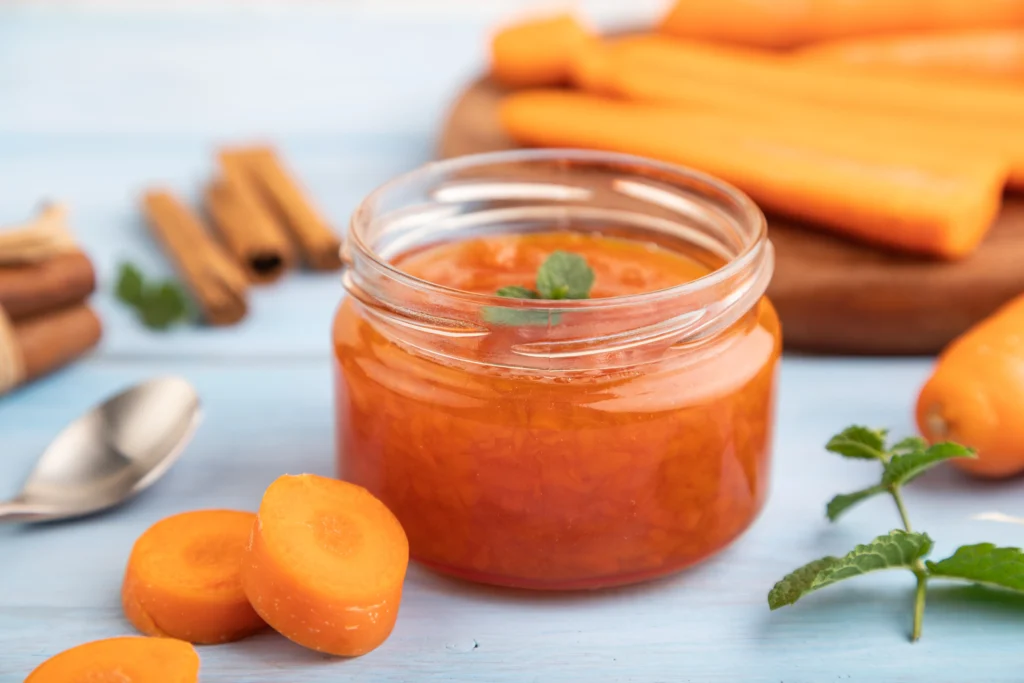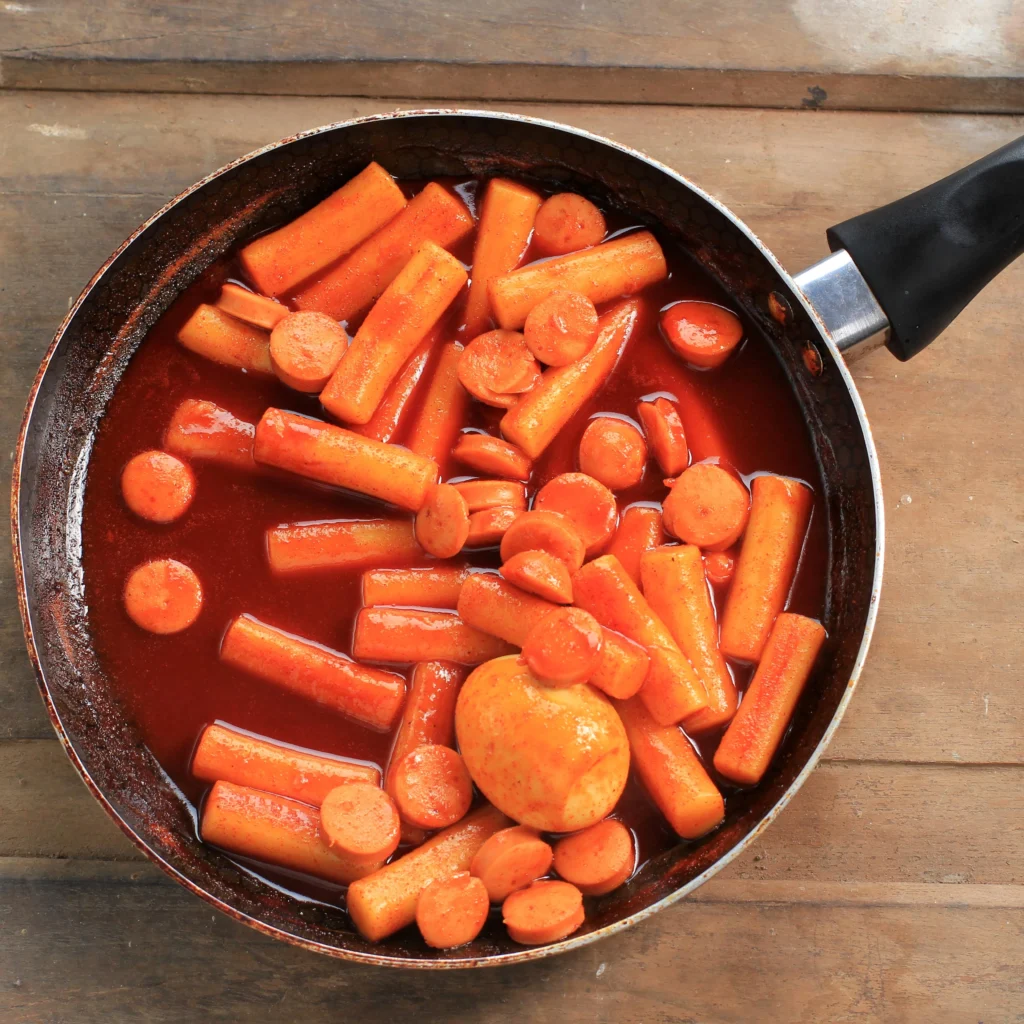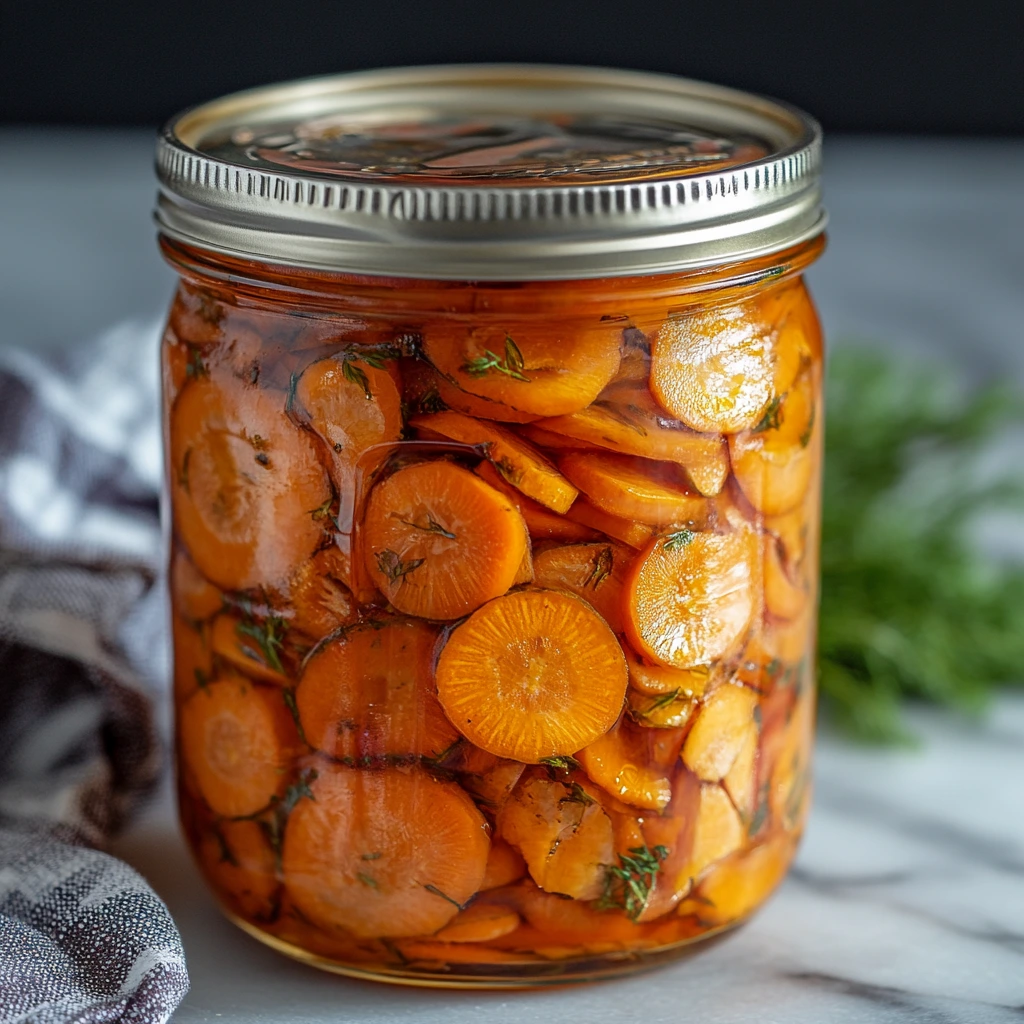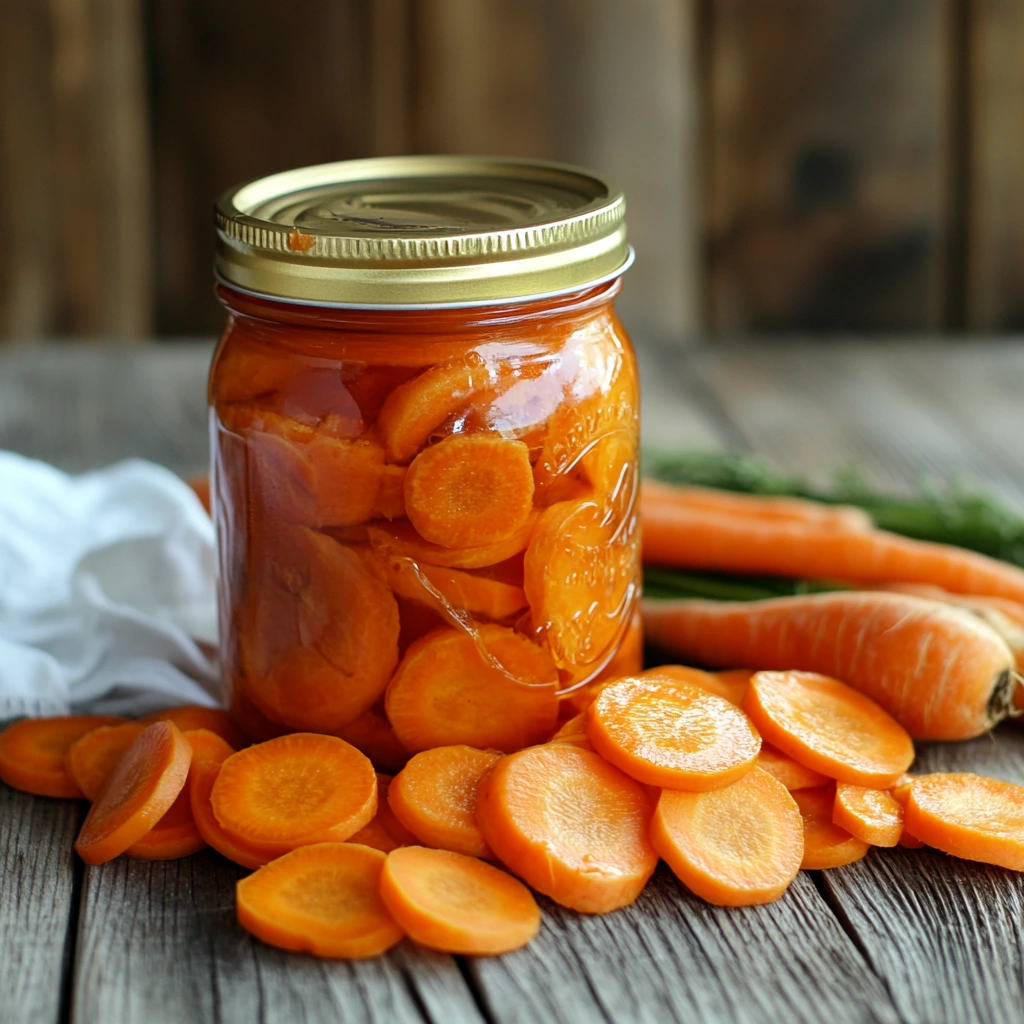Canned carrots are a fantastic pantry staple that bring convenience and flavor to your meals year-round. While it’s easy to grab a can from the store, making your own canned carrots at home offers unmatched freshness, better control over ingredients, and a deeper satisfaction from preserving your own food. Whether you’re looking to preserve the bounty of your garden or simply want a ready-to-use vegetable for soups, stews, and salads, homemade canned carrots are a wonderful solution. In this comprehensive guide, I’ll take you through everything you need to know to make the best canned carrots from start to finish, including preparation, canning tips, and flavor enhancements to elevate your homemade jars.

Why Make Your Own Canned Carrots? The Benefits Explained
There are many reasons why homemade canned carrots outshine their store-bought counterparts. Commercial canned vegetables often contain preservatives, excess salt, and sometimes added sugars, which may not align with your dietary preferences or nutritional goals. By canning your own carrots, you can avoid these additives and enjoy a pure, natural flavor. Additionally, you can select fresh, organic, or locally grown carrots to ensure the highest quality.
Homemade canned carrots also allow you to customize the texture and seasoning. You can decide whether to keep them crunchy or soft, plain or spiced, making them perfect for your personal cooking style. Moreover, home canning is a rewarding way to reduce food waste, extend the shelf life of your harvest, and have nutritious vegetables on hand without frequent grocery trips.

Selecting and Preparing Carrots: The Foundation of Great Canned Carrots
The quality of your canned carrots starts with the carrots themselves. Choose firm, fresh carrots with vibrant orange color and no signs of damage, such as bruises, cracks, or soft spots. Baby carrots or medium-sized carrots work best, as they fit nicely in jars and retain texture well.
Once you bring your carrots home, give them a thorough wash to remove soil and impurities. Peeling carrots is optional but recommended if you want a smoother texture and appearance. Cut your carrots into uniform pieces — slices, sticks, or cubes — to ensure they cook evenly during the canning process.
Blanching the carrots before canning is an important step. Submerge them in boiling water for 2-3 minutes, then quickly cool them in ice water. This process helps to stop enzyme action that causes loss of flavor and texture, preserving the carrots’ vibrant color and firmness during storage.
The Canning Process: Step-by-Step for Safe and Delicious Results
Safety is paramount when canning vegetables at home. Carrots are a low-acid vegetable, which means they require pressure canning to safely kill bacteria such as Clostridium botulinum, the cause of botulism.
Here’s how to can your carrots properly:
- Sterilize Your Jars and Equipment: Clean your jars, lids, and rings in hot, soapy water, then sterilize by boiling or running through a dishwasher cycle.
- Pack the Jars: Pack the blanched carrots tightly but without crushing, leaving about 1-inch headspace at the top.
- Add Liquid: Pour boiling water, vegetable broth, or a light brine (water with a pinch of salt) over the carrots, ensuring they are fully covered.
- Seal and Process: Wipe rims clean, place lids on jars, and screw on the rings finger-tight. Process jars in a pressure canner according to your altitude — typically 10-15 pounds of pressure for 25-30 minutes.
- Cool and Store: Allow the jars to cool naturally and check seals. Store sealed jars in a cool, dark place.
Pressure canning is critical — do not attempt water bath canning for carrots, as it doesn’t reach temperatures high enough to ensure safety.

Flavor Enhancements and Creative Uses for Your Canned Carrots
Once you have your basic canned carrots, the fun begins! You can experiment with adding spices and herbs before sealing the jars to tailor the flavor to your taste. Popular additions include:
- Fresh or dried dill for a bright, herbal note
- Garlic cloves or minced garlic for savory depth
- Whole peppercorns or crushed red pepper flakes for mild heat
- A pinch of sugar or honey to enhance natural sweetness
- A splash of lemon juice or vinegar for a touch of acidity and brightness
Homemade canned carrots are incredibly versatile. Use them straight from the jar as a quick snack, toss them into salads for added crunch, stir into soups or stews, or puree as a base for sauces. They’re also a great addition to casseroles and pot pies when you need a fast, nutritious ingredient.
For best quality, use opened jars within a week and always store in the refrigerator after opening. Sealed jars will last up to a year when stored properly.
Table of Contents
Healthy Bush Beans Recipes to Add to Your Weekly Meal Plan – labelrecipes.com

